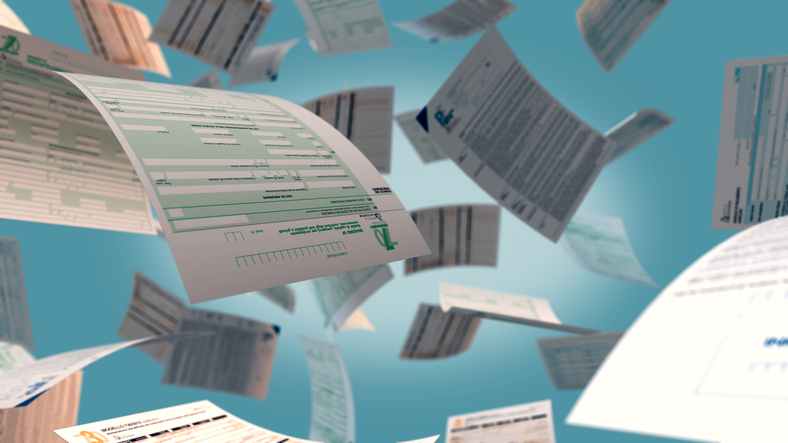Texas’ state-run windstorm insurer continues to face growing deficits, and recent reforms have failed to fix the program’s many systemic issues.
Among its many problems, the Texas Windstorm Insurance Association (TWIA) has produced the unintended consequence of encouraging home construction in high-risk areas, according to Daniel Sutter, an affiliated senior scholar at the Mercatus Center at George Mason University and associate professor of economics at the University of Texas-Pan American.
Shrinking TWIA’s market share would discourage homebuilding in risky coastal regions. It would also encourage new insurance companies to enter the market and lead to a greater variety of products at lower prices, Sutter said.
Future Threat
“The potential losses in a future hurricane threaten the state insurance market and raise the cost of insurance due to the potential for large losses and assessments after a hurricane,” said Sutter, an expert in the economics of weather.
Restrictions within TWIA that limit the ability of insurers to charge rates based on risk has hampered Texas’ property and casualty insurance market, Sutter says.
“The crucial element of coastal insurance regulation is the rates private insurers and TWIA are allowed to charge. TWIA has been restricted to charging rates based on actual loss experience as opposed to based on the potential for a major hurricane at some point in the future,” he said.
Sutter says this is the cause of many of the program’s current solvency problems.
Rate Inadequacies
“The inadequacy of TWIA’s rates was demonstrated in 2008 as Hurricanes Dolly and Ike totally depleted the Catastrophe Reserve Trust Fund. Texas must move toward risk-based rates for coastal property,” he said.
Sutter argues many of the proposed TWIA reforms stand little chance of correcting the program’s flaws.
Failed Fixes
“The reforms of TWIA in 2009 did not fix the fundamental problem of inadequate rates or the shifting of hurricane losses to other Texans. The reform placed liability for TWIA’s future losses on post-event borrowing and a special session of the legislature for sufficiently large losses,” he said.
Bill Peacock, vice president of research at the Texas Public Policy Foundation, noted, “One of the major reforms of the recent legislative session was to put in a financing mechanism that will only cover TWIA’s windstorm claims up to $2.5 billion. This got insurance companies and the state budget off the hook, but homeowners across the state will still have to foot the bill in the case of a major storm.”
He added, “Risk-based insurance regulation is an afterthought in Texas. And the recent denial by the TDI of TWIA’s rate increase request shows that the situation won’t improve anytime soon—even under the new legislation.”
The current system places an additional strain on state taxpayers by moving away from reinsurance.
“The elimination of reinsurance reduces the potential for Texas to draw on capital from around the world in the event of a hurricane,” argues Sutter. “Previously, TWIA’s financing plan relied on reinsurance and potentially unlimited assessments on state insurers, which have been eliminated. Assessments on the insurance industry amount to a tax on these businesses. Instead of potentially crippling the insurance industry after a future hurricane—when insurers would already be dealing with hundreds of millions in losses—the state will have to cover losses using more broad-based taxes.”
Matthew Glans ([email protected]) is a legislative specialist in financial services for The Heartland Institute.




